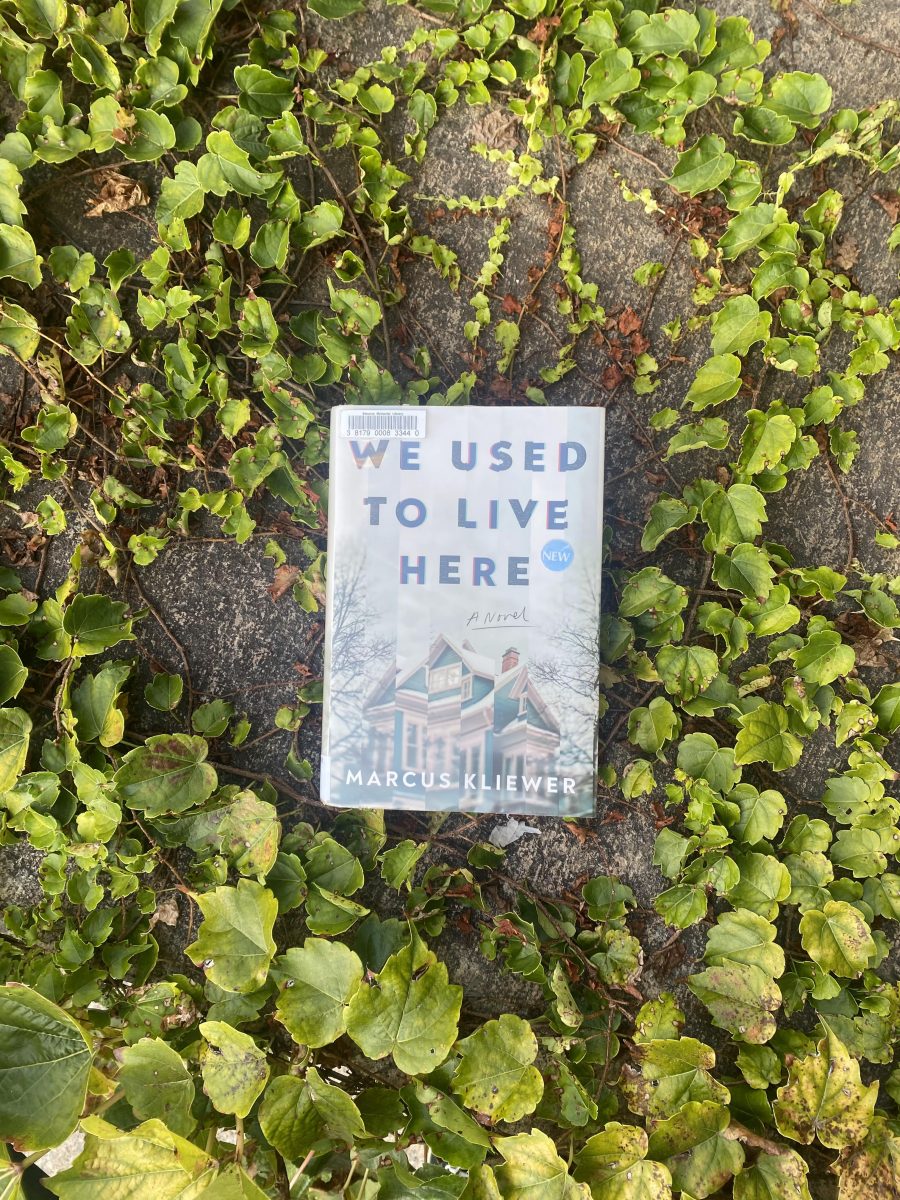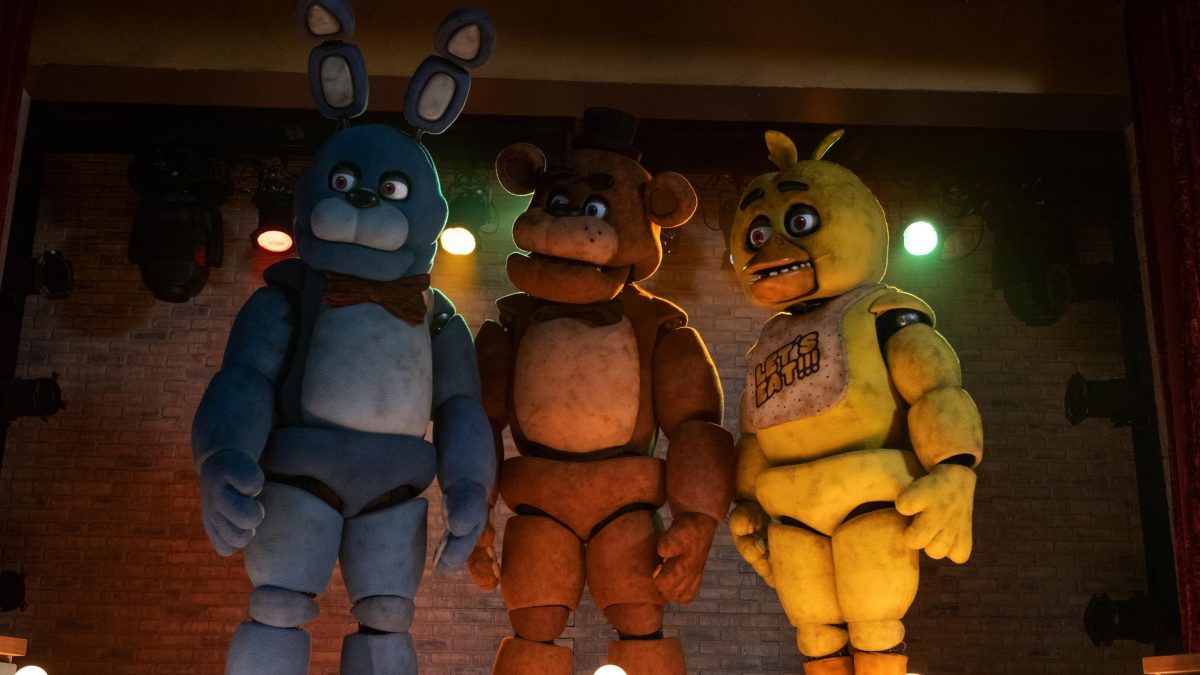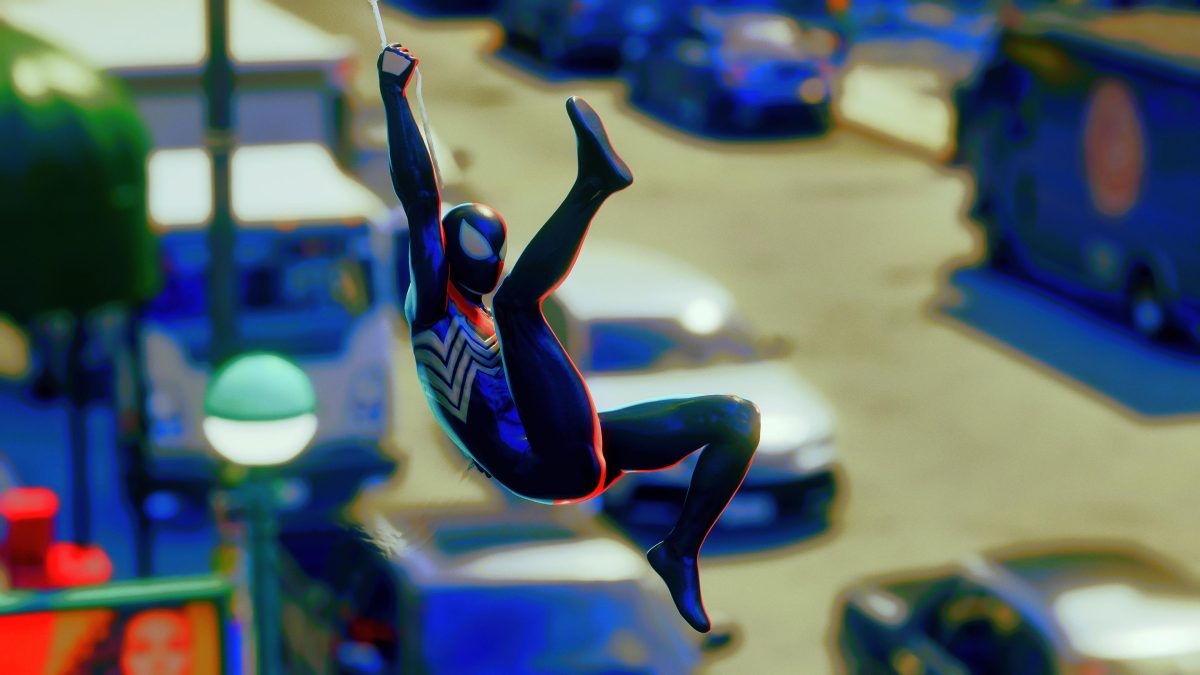By Jessica Schavrien

Extra plates: ordered. Extra staff: scheduled. Inventory of clothes: check. Food: check. Cameras and memory cards: check. Check and check. The hotels are prepared for anything. Even the valet staff has mapped routes for parking. Now, they wait impatiently for the big white tents to go up, for all the colors, for the sickly thin models, for the crazy, demanding designers, for the frantic assistants and for the thousands of invited guests to arrive for New York City Fashion Week.
While most of the city shuts down and the boys go to Madison Square Garden for the September event, the businesses surrounding Lincoln Square are put to work, trying to create turnover rates high enough to make a profit while still keeping guests happy, selling cameras out the wazoo, selling designer clothing, and enjoying every aspect of each eight-minute show. At the end of each day the shops close up, staffs have meetings to prepare for the next day, and finally, it’s lights-out and everyone is on their merry way.
When the final day of Fashion Week has come to close and the tents have gone down, the number-crunching begins. According to students in Fordham University’s Graduate School of Business, Fashion Week creates “an estimated $40 million of economic impact generated annually by the event for businesses located in the five to ten-block radius surrounding Lincoln Center.”
Fashion Week can also make or break a business. As the manager of Compass Restaurant said, “Fashion Week gives us a chance to make clear of the red, allow my employees to make more money, and figure out what works best for us.” He also stated that, “This week-long event can seriously hurt other business in the area if one thing goes wrong, or put it on the map and have it thrive.”










